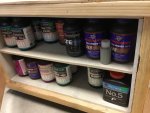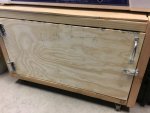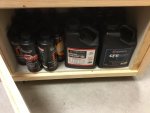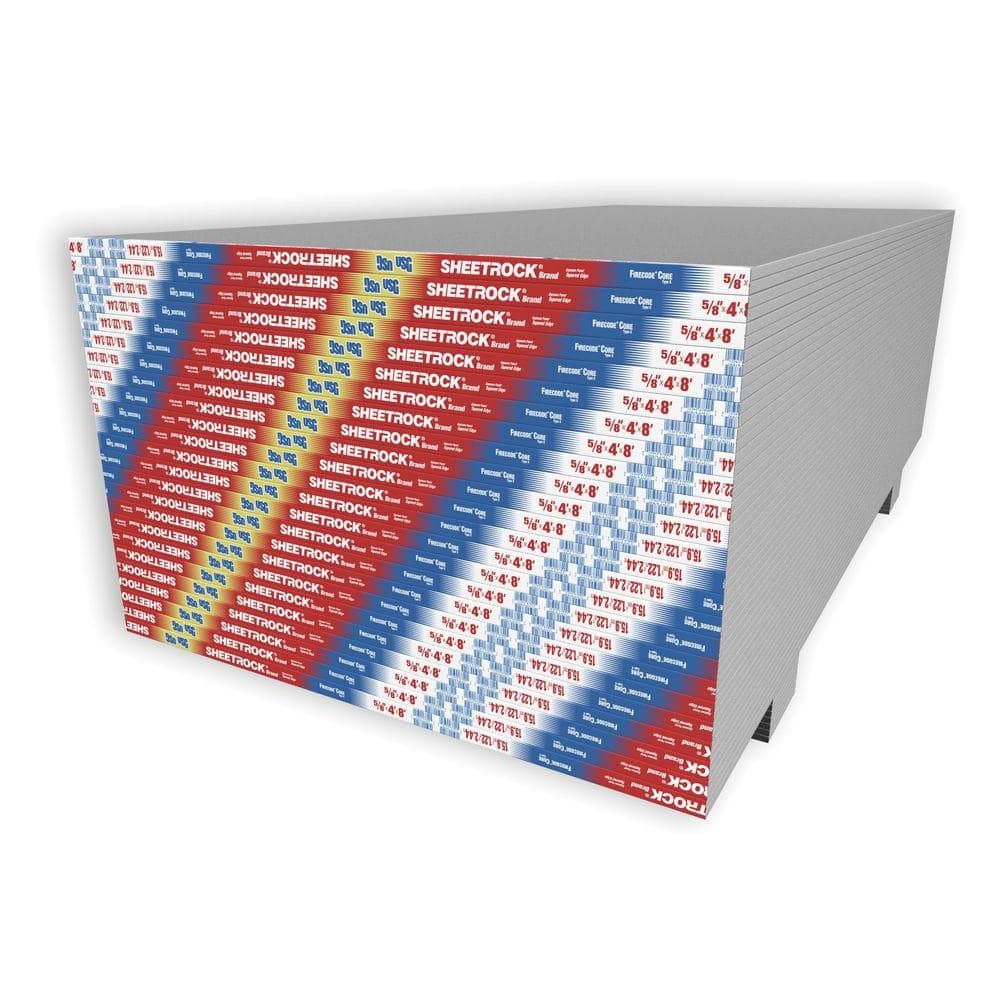Thoughts on 2 layers of 5/8" drywall on the outside for fire resistance?
Does Hardibacker have moisture? I know cement takes a while to release all of its moisture. Is hardy something that needs to age before using it in a box?
A few thoughts:
Regarding the 2 layers of 5/8" thick drywall/firewall/sheetrock/cieilingboard/gypsum/whateveryoucallitlocally.... the stuff I'm speaking of SPECIFICALLY is called "Fireboard" here in my area. I specify this, because I've learned over the years that each regional locale seems to have a different name for the same item. Regular wallboard is 1/2" thick, paper on both sides, and solid gypsum (and binder) inside.
Whereas the 5/8" thick "Fire Guard Stuff" is slightly different. If you were to look carefully, when you cut it, you would see a layer (possibly two) of actual Fibreglas strands sticking out of the edge. Closer to the 'surface' than the back of the board. There may be a different additive in the gypsum as well, but I'm not sure so follow up on that on your own. But here's my point of all this:
Years ago, I was told of 'how good that stuff is in preventing the spread of fire' and of the fact that 'gun safes are lined with 2 layers of this stuff, to protect your fireams/valuables in event of a house fire. So I'm thinking to myself, 'wonderful'... right?
My Lady and I built a cerakote oven here, using items/materials that we had at hand, (mostly) and purchased as little as possible due to the fact that we were hit financially in a massive way. So we DID use 2 layers of the Firewall. All around, and including the door. All 6 surfaces. Let me tell you what a mistake that was.
When we first fired up the oven, to about 325 degrees, it was only 'warm' on the outside surface. As per the thread here that I'd made in the DIY Forum (many years ago) regarding said 'oven build' we had used some school lockers. Short version is though, sheet-steel inner and outer, with the 2 layers of Firewall in between. The longer we ran the oven (PID controlled) the hotter the outside got. It did get to the point where it was getting too hot to touch the outside. I won't deny that that point was about an hour or so, of constant running. But the whole point of my blathering diatribe is the fact that that SHIT is no good for an insulating medium, AT ALL.
We have since learned that "Rock-Wool" or something of that sort is a much better medium to use. It's just that with all else that is going on around here, and has had for a few years now,,, the complete disassembly of that which we built, and then replacing said stuff, and then re-build everything again...... just hasn't taken place yet.
(when I become Emperor of the Universe, the first thing I shall do is to make 720 hour days, and 1080 day weeks. Then and only then will humans have enough time to accomplish all that they are responsible for, and STILL have time to have for themselves, too.

)
How much powder are you guys talking? I really dont think 10-15lbs is going to drastically change the outcome of a house fire unless the fire starts near by. I guess what I'm saying is it may be worth protecting but I probably wouldn't go as far as to make a concrete box.
I think drywall/ hardy board would work just fine and if you needed an extra layer of protection you can mix up a fire retardant and apply it to the wood on the outside of the box.
The biggest thing is where you store it long term. And knowing your basic fire hazards around the house. If its away from the origin of the fire but still manages to catch.. well you've got bigger problems.
On a completely different note, and I've explained this previous in other threads and in other ways,,,, but I am an advocate of a 5 gallon water bottle stored above the powder magazine. Firstly, everyone should always have an 'emergency store' of potable water on hand, for one never knows when you need it until you don't have it. Secondly, it is of MINIMAL value yet HUGE return as a fire-protectant for the local fire department. They are the ones that you'd be aiding/saving because if things were already bad enough for them to be involved, then you've bigger issues.
I say this because, as a test, I once dropped about 1/4 of a can of Bullseye into a concrete fire-pit whilst we were enjoying/celebrating Guy Fawkes night. (Remember, Remember, the Fifth of November,,,,, And The Gunpowder Plot) This took place back in the early 90's. Everyone knew about it, and all present wanted to see the effects. The can was dropped in, landed on its side, and sat there 'in the fire' for a moment or two. Then the insides ignited, the plastic top 'flew off' and the output of a Saturn 5 Rocket spewed forth from said nozzle (orifice) until the contents were consumed.
Now let me tell you about this fire pit. It was an easy 8' long, and it was about 3 1/2' wide. It was also almost 4' deep. There were previous coals from previous fires, as well as the coals and wood on the bottom for that night's festivities. The fire jet EASILY reached from one end to the other, as well as deflected up into the air. We were all waiting for that can to burst. But it didn't. That was ONE FEROCIOUS EVENT. And it was wide-open to atmosphere.
Just think if that same can, were in an enclosed (metal?) container? Just think if it were full. Just think if there were more than one. Just think if they were ALL on fire, at the same time.
If it were in a vault, or even just a room stored with other items, then ALL of those items are going to MASSIVELY exceed the temperature tolerance and render everything 'scrap'. But also, if said facility were 'enclosed' or even 'reinforced' in some way.... there WOULD be catastrophic results. Chances are, it is your local FD..... and they aren't anyone I'd want to harm.
So, just in case anyone here actually owns more than (say..?) 3 pounds of powder.... how best to store it?
Some might even have a powder that isn't easy to acquire, so they want to protect it from that local menace known as "methfingers"....
But what is the 'best' method of storage?
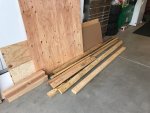 F51E5386-E042-40AA-BB53-EAA4AFE91E69.jpeg733.6 KB · Views: 460
F51E5386-E042-40AA-BB53-EAA4AFE91E69.jpeg733.6 KB · Views: 460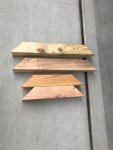 4CDF0EA5-9C95-4FA5-9C52-F44C1027DBB5.jpeg1.1 MB · Views: 408
4CDF0EA5-9C95-4FA5-9C52-F44C1027DBB5.jpeg1.1 MB · Views: 408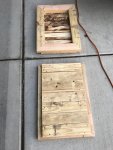 C4B31E65-730D-410D-820D-B9D0385EF606.jpeg1.1 MB · Views: 413
C4B31E65-730D-410D-820D-B9D0385EF606.jpeg1.1 MB · Views: 413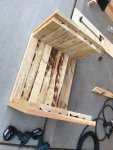 F504FB5D-A4F8-4DE9-8F3C-DCE77C2C9E20.jpeg849.6 KB · Views: 517
F504FB5D-A4F8-4DE9-8F3C-DCE77C2C9E20.jpeg849.6 KB · Views: 517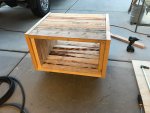 5C360F98-4A27-4088-A589-964D70A72C7A.jpeg766.6 KB · Views: 411
5C360F98-4A27-4088-A589-964D70A72C7A.jpeg766.6 KB · Views: 411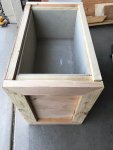 B69E4C27-EE9F-4498-9551-6F6F878AB6F8.jpeg698.8 KB · Views: 968
B69E4C27-EE9F-4498-9551-6F6F878AB6F8.jpeg698.8 KB · Views: 968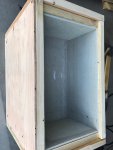 4172BE0B-328F-4A21-AF98-812233C3E118.jpeg671.4 KB · Views: 545
4172BE0B-328F-4A21-AF98-812233C3E118.jpeg671.4 KB · Views: 545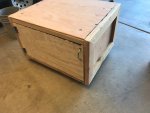 8CD77F1D-CB07-41D0-80F8-62020602BA10.jpeg791.3 KB · Views: 417
8CD77F1D-CB07-41D0-80F8-62020602BA10.jpeg791.3 KB · Views: 417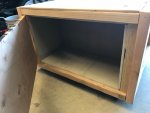 F568F492-628C-4D9A-A573-941BD668787B.jpeg449.8 KB · Views: 594
F568F492-628C-4D9A-A573-941BD668787B.jpeg449.8 KB · Views: 594
